You don’t need to starve yourself to lose weight. In fact, burning fat is more about eating the right foods than simply cutting calories. Carlo Macapinlac is the Owner and Program Director at Newbie Fitness Academy (@newbieFitnessAcademy) and regularly shares videos about how to amp up your health and lose weight. In a recent one, he goes into detail about superfoods, revealing the eight you need to eat to lose weight.
Only a Few Foods Are Worthy of Superfood Status
 Shutterstock
Shutterstock
According to Carlo, there are very few foods “worthy” of the superfood title. “It's really more of a marketing term that was coined by the food industry when they're trying to sell you something. Generally speaking, though, superfoods are nutrient-dense. They have special properties and supreme benefits compared to other foods. They basically pack the best punch. It's the best bang for your nutrition buck.”
Carlo eats these superfoods “every day, and this is the physique that I'm able to maintain,” he says. “And I know for a fact that they work extremely well for other people because these are the exact same foods that all my students inside the fat loss accelerator eat. And they've all gone to see some amazing results.”
But You Have to Avoid Junk Food
 Shutterstock
Shutterstock
However, “there isn't a single food that's gonna be the magic cure-all,” he says. “Like if you start eating avocado, for example, but you're still eating Doritos every day, it's not really gonna work.”
“These are superfoods that I personally believe in,” he says. “I know for a fact that they work extremely well. I don't remember the last time I got sick, maybe four or five years ago,” he adds.
RELATED: 19 Most Unhealthy Junk Food You Should Never Eat
Superfoods Need to Be Nutrient-Dense and Have Fat and Protein
 Shutterstock
Shutterstock
“If your goal is fat loss, there are three things in your diet that you need to optimize. Nutrient density, fat, and protein content. So all the superfoods that I'm gonna give you are gonna meet all those three criteria, plus they're gonna be extremely delicious,” he says.
Here’s Why Superfoods Need to Be Nutrient-Dense
 Shutterstock
Shutterstock
“Nutrient-dense foods are gonna be extremely filling because they're usually high in fiber, which is gonna activate that stretch mechanism in your stomach, which is then gonna activate leptin, which is the hormone that signals your body that you're full and turn off ghrelin, which is your hunger hormone,” he explains. “Weight loss is all about controlling hunger. Why? Because being hungry sucks,” he says.
Here’s Why Superfoods Need to Have Fat
 Shutterstock
Shutterstock
They also need fat and protein because they “activate your satiety hormones,” he says. Fat activates cholecystokinin or CCK.” He also notes that fat doesn't make you fat. “Like if you're not eating enough fat, and this is some real talk, you're probably fat. In fact, dietary fat and cholesterol usually go hand in hand and are essential to every cellular function in your body, including your brain. Again, it's not bad for you, but again, I don't want you to just add sour cream to your Doritos and call it a day.”
Here’s Why Superfoods Need to Have Protein
 Shutterstock
Shutterstock
Protein “activates peptide YY or PYY, and they're delicious,” he says. “Think about a piece of rib eye with some butter, for example. Hmm. Adequate protein is also key when it comes to maintaining and building muscle while also losing fat.”
Low Carb Is Also Good for Fat Loss, He Says
 Shutterstock
Shutterstock
While carbs “are not essentially the enemy,” he doesn’t recommend eating a lot of fat loss. “If we're strictly talking about fat loss, a majority of the population will do better on a high fat, moderate protein, and low carb diet because it's the best diet to moderate your insulin levels, which is your storage hormone,” he explains. “It's the hormone that controls your body weight and carbs, especially refined carbs like Doritos. Sugar triggers a high blood glucose response, which then triggers a high insulin response to store all that sugar that's in your body right now, which then causes a blood sugar crash. Your body then freaks out because it thinks that it's gonna go into a state of hypoglycemia, which is gonna trigger your body to crave all the food. This is why you can't just have one Dorito after a while. You wanna eat the entire bag.”
Superfood 1: Leafy, Green Veggies
 Shutterstock
Shutterstock
Superfood number one? “Green leafy vegetables, specifically cruciferous vegetables,” he says, citing arugula, spinach, romaine lettuce, and Swiss chard. and kale. He explains that they are “extremely nutrient dense,” and “loaded with vitamins and minerals. They're anti-inflammatory, they're full of antioxidants, and they have a whole lot of other good stuff for your body. They're low in calories, they're extremely low in carbs, and they're also high in fiber, which is again gonna activate that stretch mechanism in your stomach and really maximize the volume of your meals, which is then gonna activate leptin and turn off ghrelin.”
And Cruciferous Veggies
 Shutterstock
Shutterstock
Cruciferous vegetables, including broccoli, cauliflower, brussels sprouts, bok choy, “and I guess I'm gonna include asparagus here as well because they're delicious even though they make your pee smell funny,” are also key, as they meet two criteria of superfoods. “They're nutrient dense, and they contain protein, and they're delicious,” he says, recommending, “Half of your plates or even two-thirds of your plate should contain these vegetables. Just watch the pounds come off.”
Superfood 2: Animal Protein
 Shutterstock
Shutterstock
Superfood number two is animal protein. “Ideally, you're eating pasture-raised chickens or grass-fed beef or something that came from a good source like your local farmer's market, and the animals were raised without antibiotics or added hormones,” he says. “If you can't do that, that's okay. Just buy the best quality protein that you can afford.”
Aim for 0.7 Grams of Protein Per Pound
 Shutterstock
Shutterstock
How much protein should you eat? “Your body only needs 0.7 grams per pound of lean body mass. That is it. Even if you're active, even if you go to the gym, some experts even recommend less than that, but we're gonna stick with 0.7, so you don't even need to take BCAAs, pre-workouts or protein powders,” he says.
Superfood 3: Eggs
 Shutterstock
Shutterstock
His third superfood is eggs, calling it “one of the most nutritious foods on the planet. It's basically nature's version of a multivitamin, and the yolk specifically is actually the healthiest part of the egg. It contains something like 13 vitamins and minerals, including lutein and choline, which are crucial for your eyes and brain development, and that's also where the cholesterol is, which is again essential for every cellular function, and that includes your brain function,” he explains.
RELATED: I Lost 80 Pounds and Achieved My Best Shape of My Life With These Key Changes
Make Sure to Eat the Yolks
 Shutterstock
Shutterstock
“You would literally die without cholesterol, so throw away your boxed egg whites and think about it from an evolutionary standpoint,” he continues. “Pro tip: Because there are about a million different types of eggs at your local grocery store, you really only wanna look for one thing, one specific thing: Pasture-raised eggs.”
Superfood 4: Avocado
 Shutterstock
Shutterstock
“Avocado toast superfood number four is avocado, but hold the toast. I don't really know any other fruit that can even come close to what avocado brings to the table. While most fruits are high in fruit fructose, which is the predominant sugar in fruit, avocado has a grand total of zero sugar. Instead, it's high in heart, healthy monounsaturated fats, and they're also high in Omega-3 fatty acids in the form of ALA, which can prevent heart attacks and atherosclerosis. It also contains antioxidants like G lycopene and beta carotene. It also contains something like 20 vitamins and minerals,” he explains.
Superfood 5: Extra Virgin Olive Oil
 Shutterstock
Shutterstock
“Superfood number five, extra virgin olive oil, part of the popular Mediterranean diet. Olive oil has been a dietary staple for some of the world's healthiest population, especially for those people living in the blue zone,” he says. “Study after study has shown that the fatty acids and antioxidants in olive oil, specifically oleic acid, have been found to reduce inflammatory markers in the body. This is important because chronic inflammation has been found to be the major driver of many diseases, including heart disease, cancer, metabolic syndrome, diabetes, and arthritis. If you have cheap vegetable and seed oils at home like sunflower oil, safflower oil, canola oil, or just any cheap oil in general, you need to toss it out, and then you wanna replace it with this awesome superfood.”
Superfood 6: Sweet Potatoes
 Shutterstock
Shutterstock
Superfood number six is sweet potatoes. While he doesn’t eat a lot of carbs, “I would make an exception for sweet potatoes,” he says, noting they are a type of root vegetable, “which comes in different varieties and colors like purple, for example, and they're extremely rich in antioxidants, vitamins, and minerals, including fiber, protein, fat, vitamin A, c, and B six, and it's got manganese, potassium, and other good stuff.”
They are also a resistant starch. “If you've never heard of resistant starch before, it's basically a superfood for your digestive system. Sweet potatoes contain two different types of fiber: soluble and insoluble. Your body can't digest either type, so it goes through your stomach and small intestine undigested, eventually reaching your colon, which then feeds your gut flora. Your gut basically acts like the second brain in your body, and this is how you feed it. Taking care of your gut health and keeping those good bacteria happy is essential to good health because everything starts in your gut.”
Superfood 7: Dark Chocolate
 Shutterstock
Shutterstock
Superfood number seven is dark chocolate. “Dark chocolate has a special place in my heart,” he says, calling it an “absolute revelation” because he has a sweet tooth. “Dark chocolate more than satisfies that craving without my diet going down the drain,” he says. “Dark chocolate is actually loaded with a lot of vitamins and minerals, including, let me just read it out to you, fiber, iron, magnesium, copper, manganese, potassium, zinc, and selenium, just to name a few.
It's also rich in antioxidants.” He recommends trying to buy at least 70% cacao, “but the sweet spot is 85%, where it still tastes like a treat. It's absolutely delicious, and it doesn't feel like you're eating chalk.”
RELATED: 4 Easy Strength Routines for the Best Shape of Your Life After 50 in Just 30 Days
Superfood 8: Nuts and Seeds
 Shutterstock
Shutterstock
The last superfood? Nuts and seeds, “and that includes almonds, pistachios, walnuts, Brazil nuts, cheese seeds, and flax seeds, because they're also high in antioxidants and anti-inflammatory properties, and they're also absolutely delicious. I eat pistachios and dark chocolate every single day,” he says. And if you enjoyed this article, take advantage of these 15 Quick Ways to Lose Body Fat Percentage in a Week.























 Shutterstock
Shutterstock Shutterstock
Shutterstock Shutterstock
Shutterstock Shutterstock
Shutterstock Shutterstock
Shutterstock Shutterstock
Shutterstock Shutterstock
Shutterstock Shutterstock
Shutterstock Shutterstock
Shutterstock Shutterstock
Shutterstock Shutterstock
Shutterstock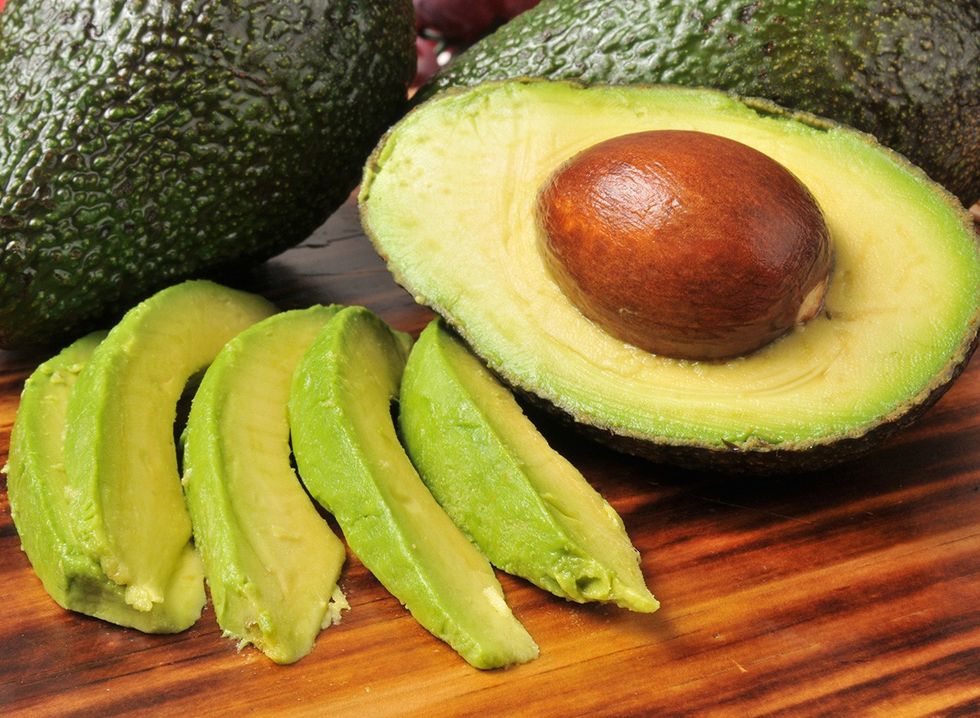 Shutterstock
Shutterstock Shutterstock
Shutterstock Shutterstock
Shutterstock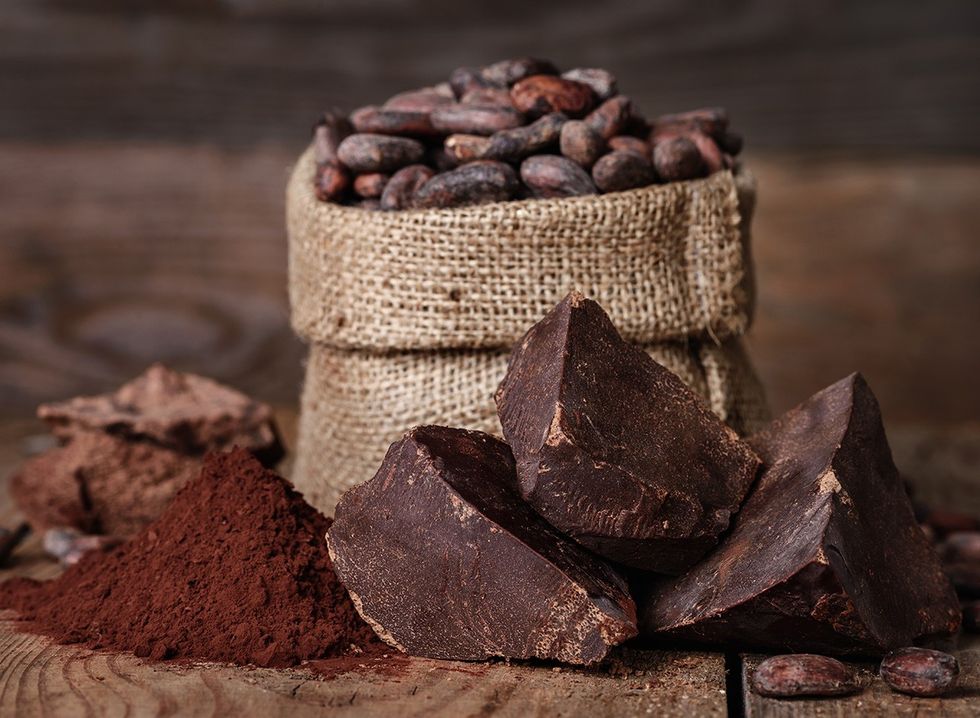 Shutterstock
Shutterstock Shutterstock
Shutterstock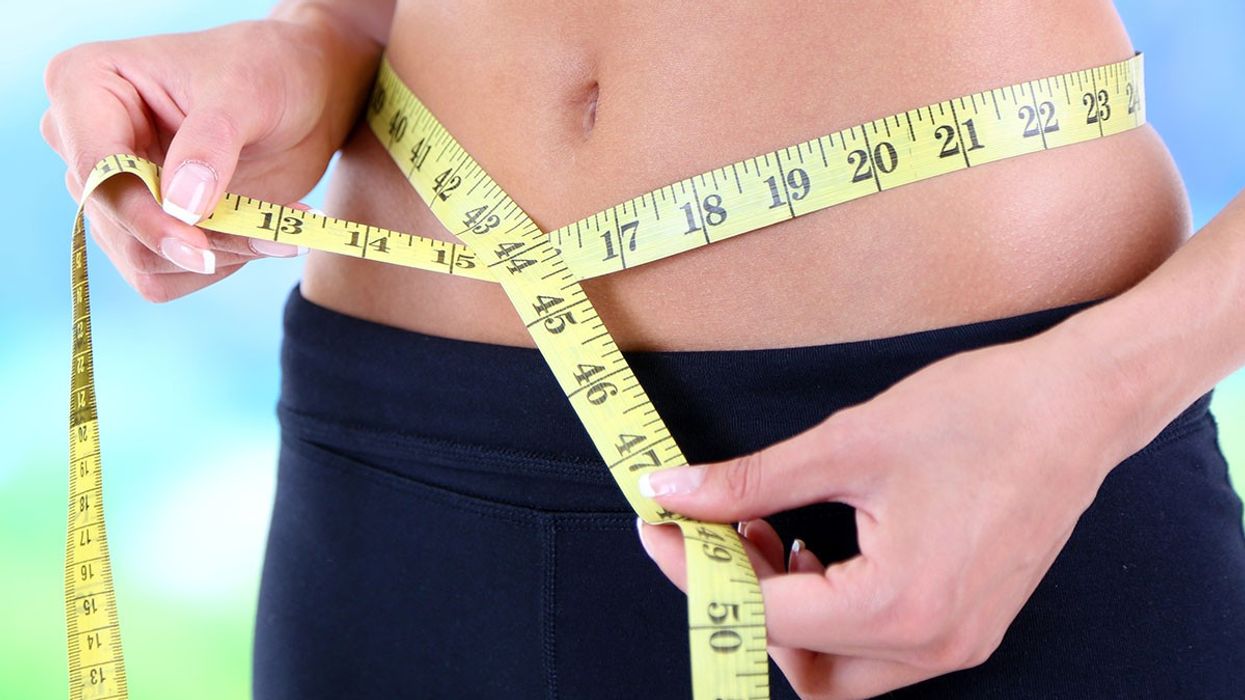
 Shutterstock
Shutterstock Shutterstock
Shutterstock Shutterstock
Shutterstock Shutterstock
Shutterstock Shutterstock
Shutterstock Shutterstock
Shutterstock Shutterstock
Shutterstock Shutterstock
Shutterstock Shutterstock
Shutterstock Shutterstock
Shutterstock Shutterstock
Shutterstock Shutterstock
Shutterstock
 Shutterstock
Shutterstock Shutterstock
Shutterstock Shutterstock
Shutterstock Shutterstock
Shutterstock Shutterstock
Shutterstock Shutterstock
Shutterstock Shutterstock
Shutterstock Shutterstock
Shutterstock
 Shutterstock
Shutterstock Start Your Day with 40 Grams ProteinShutterstock
Start Your Day with 40 Grams ProteinShutterstock Move Your Body DailyShutterstock
Move Your Body DailyShutterstock Shutterstock
Shutterstock Fundamental 3: Prioritize Whole FoodsShutterstock
Fundamental 3: Prioritize Whole FoodsShutterstock Amp Up Your Protein IntakeShutterstock
Amp Up Your Protein IntakeShutterstock Greek Chicken BowlShutterstock
Greek Chicken BowlShutterstock Shutterstock
Shutterstock Shutterstock
Shutterstock
 Shutterstock
Shutterstock Shutterstock
Shutterstock Lean Turkey Taco Lettuce WrapsShutterstock
Lean Turkey Taco Lettuce WrapsShutterstock
 Eat Hormone Boosting FoodsShutterstock
Eat Hormone Boosting FoodsShutterstock Shutterstock
Shutterstock

 I'm a Nutritionist and These 9 High-Protein Snacks Keep My Clients Full While Losing 50 Pounds
I'm a Nutritionist and These 9 High-Protein Snacks Keep My Clients Full While Losing 50 Pounds
 Shutterstock
Shutterstock 2. Processed FoodsShutterstock
2. Processed FoodsShutterstock Shutterstock
Shutterstock Shutterstock/Prostock-studio
Shutterstock/Prostock-studio Shutterstock
Shutterstock Pro TipsShutterstock
Pro TipsShutterstock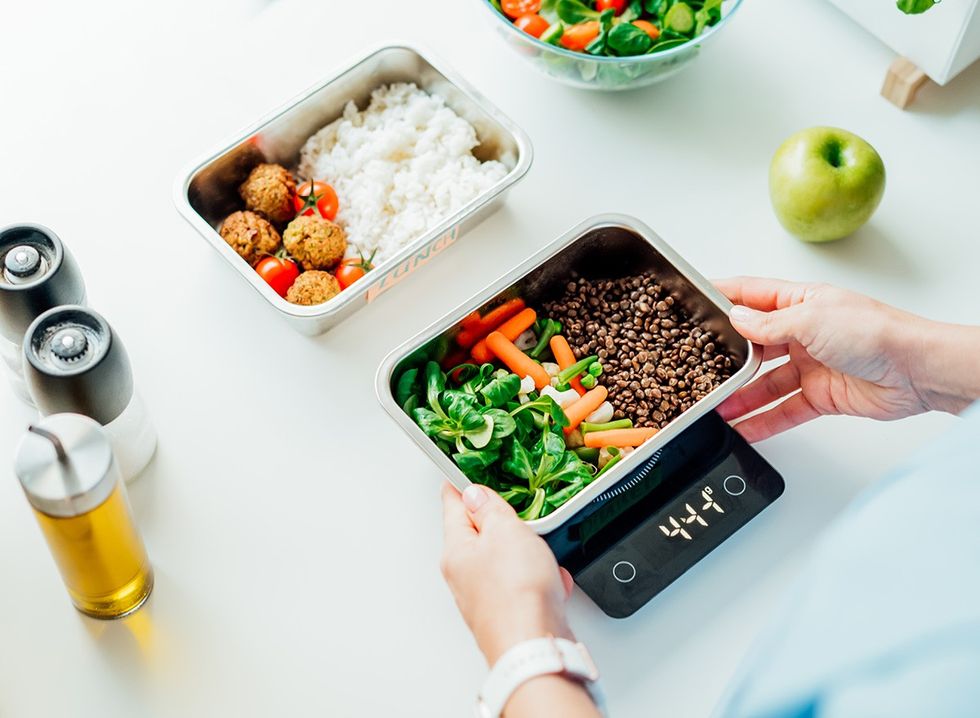 Shutterstock
Shutterstock Shutterstock
Shutterstock Shutterstock
Shutterstock Shutterstock
Shutterstock Don’t Drink as Much AlcoholShutterstock
Don’t Drink as Much AlcoholShutterstock Most Women on GLP-1s Are Making a Few Common MistakesShutterstock
Most Women on GLP-1s Are Making a Few Common MistakesShutterstock Soda and Sugary DrinksShutterstock
Soda and Sugary DrinksShutterstock Shutterstock
Shutterstock Eat BreakfastShutterstock
Eat BreakfastShutterstock And Improve Insulin SensitivityShutterstock
And Improve Insulin SensitivityShutterstock Belly Flab Strip Tip: Sugar and Fat Calories Leave Its Mark on Your BodyShutterstock
Belly Flab Strip Tip: Sugar and Fat Calories Leave Its Mark on Your BodyShutterstock Shutterstock
Shutterstock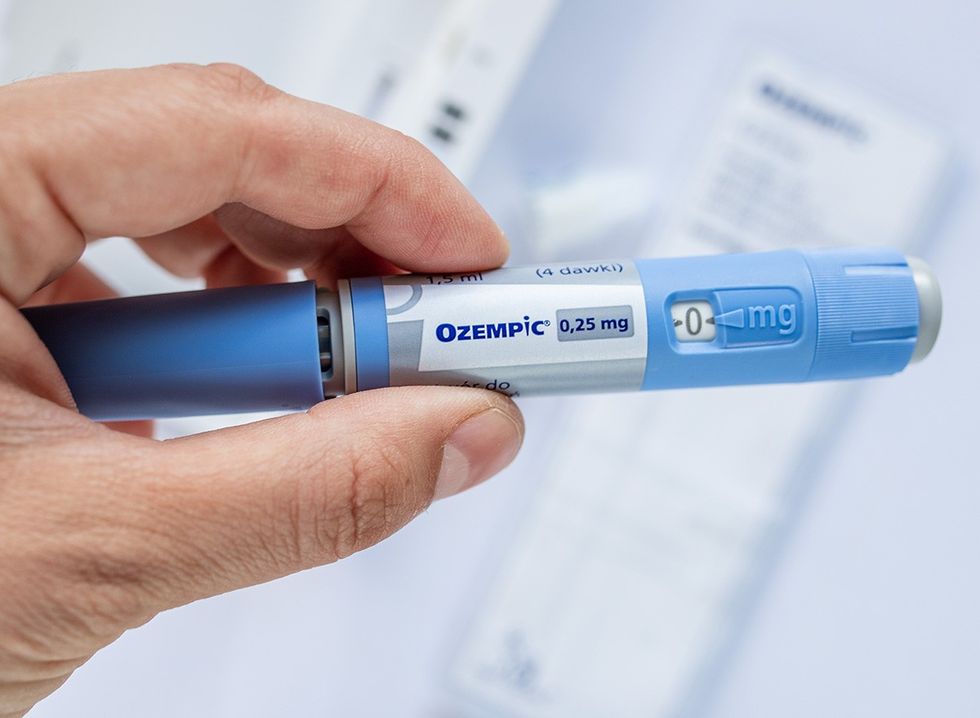 The Drugs Mimic the GLP-1 Hormone Naturally Produced by the BodyShutterstock
The Drugs Mimic the GLP-1 Hormone Naturally Produced by the BodyShutterstock 3. Deep-Fried ItemsShutterstock
3. Deep-Fried ItemsShutterstock